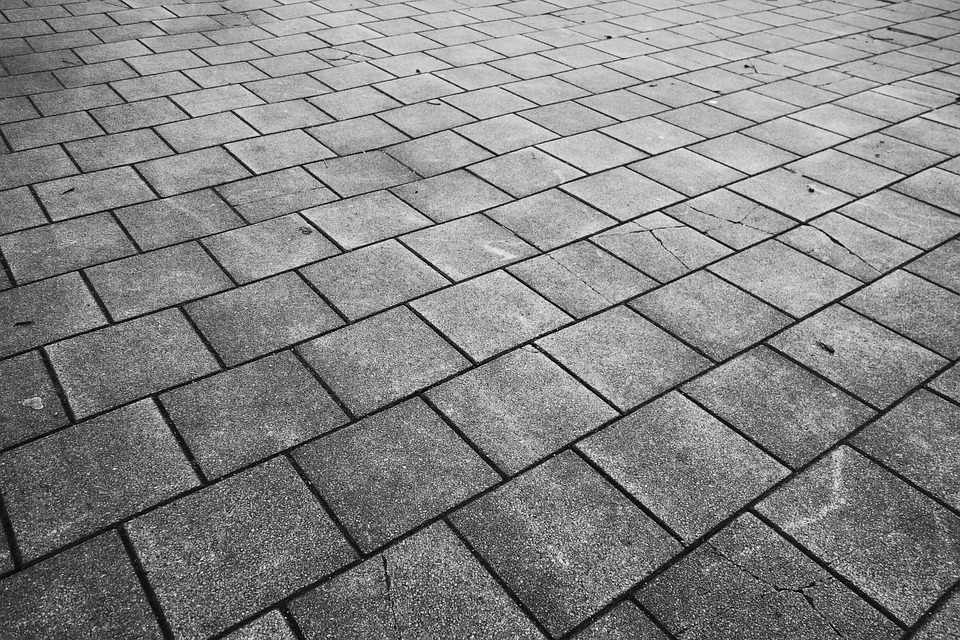Introduction
Tile flooring is a popular choice for many homeowners due to its durability, versatility, and aesthetic appeal. However, there are both pros and cons to consider before deciding if tile flooring is the right option for your home. In this article, we will explore the various advantages and disadvantages of tile flooring to help you make an informed decision.
Pros of Tile Flooring
Durability
One of the biggest advantages of tile flooring is its durability. Tiles are resistant to scratches, stains, and water, making them an ideal choice for high-traffic areas such as kitchens and bathrooms. With proper care and maintenance, tile flooring can last for decades without needing to be replaced.
Versatility
Tile flooring comes in a wide variety of colors, patterns, and styles, allowing you to create a unique look that complements your home’s decor. Whether you prefer a classic, timeless look or a more modern design, there is a tile option available to suit your preferences.
Easy to Clean
Tile flooring is easy to clean and maintain, requiring only regular sweeping and mopping to keep it looking its best. Unlike carpet, tile flooring does not trap dust, dirt, or allergens, making it a healthier choice for allergy sufferers.
Heat Resistance
Tile flooring is heat resistant, making it an ideal choice for areas that are exposed to high temperatures, such as kitchens or around fireplaces. This feature also makes tile flooring a practical option for homes with radiant heating systems.
Environmentally Friendly
Many tile flooring options are made from natural materials such as clay, sand, and glass, making them an environmentally friendly choice for homeowners who are conscious of their carbon footprint. Additionally, tile flooring is recyclable, meaning it can be repurposed at the end of its life cycle.
Cons of Tile Flooring
Cold and Hard
One of the biggest drawbacks of tile flooring is that it can be cold and hard underfoot, especially in the winter months. To combat this issue, homeowners often opt to install underfloor heating or area rugs to add warmth and cushioning to their tile floors.
Cost
Tile flooring can be more expensive to install than other flooring options, such as carpet or laminate. In addition to the cost of the tiles themselves, installation can be labor-intensive and require a skilled professional to ensure a proper fit and finish.
Slippery When Wet
Tile flooring can become slippery when wet, posing a potential safety hazard, especially in areas prone to spills or moisture. To mitigate this risk, homeowners can opt for textured tiles or apply non-slip coatings to their tile floors.
Maintenance
While tile flooring is easy to clean, it can require more maintenance than other flooring options to keep it looking its best. Grout lines can become discolored over time and may need to be resealed periodically to prevent staining and water damage.
Noisy
Tile flooring can be noisy, especially in high-traffic areas where footsteps and furniture movement can create echoes and reverberations. To address this issue, homeowners can add rugs or carpet runners to help absorb sound and reduce noise levels.
Conclusion
Tile flooring offers a multitude of benefits, from durability and versatility to easy maintenance and environmental friendliness. However, it is important to weigh these advantages against the drawbacks, such as cost, coldness, and slipperiness, before deciding if tile flooring is the right choice for your home. By considering both the pros and cons of tile flooring, you can make an informed decision that best suits your lifestyle and preferences.


